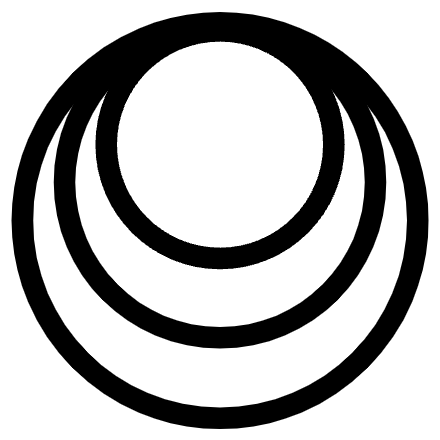The precedence of the Selfist Model is what determines the overall order of the layers of my existence, which I now qualify as my firstself containing my secondself which in turn contains my thirdself. And not the other way around.
Prior to beginning my healing I believed that I was a person in a larger world. I believed that there was some core part of me within, as well. So the precedence at that time was that there was a larger universe which contained me, which in turn contained some core identity. I might have called it my soul.
When I began to question my experience I created a halfway perspective between the Iamist and the traditional, the healing and the sick. I continued to imagine that I existed in a larger world with other people, but each of us had this core component that was all the same.
Establishing the precedence is simple because it aligns with my actual experience. That means, it does not require notional abstractions to make sense. However, due to the advanced state of my illness, it can be difficult to conceive than the more familiar but delusional perspective. It starts:
- I am always here. Without me, there is nothing. This is my firstself.
- When I awaken but with my eyes closed, I conceive an “inner world” of ideas, thoughts, feelings, desires, and sensations. This is my secondself.
- When I open my eyes, I perceive an “outer world” of people, places, objects, movement, and change. This is my thirdself.
Now I can easily reverse the process to confirm the precedence of these existential layers.
- I can close my eyes to eliminate the thirdself.
- I can asleepen or meditate to eliminate my secondself.
- I cannot eliminate my firstself. I am always here.
The people and objects of my secondself and thirdself cannot extinguish me, but I can extinguish them. I can only imagine myself not here, but cannot actually experience it. I am supposed to believe that I will someday die, however I cannot ever directly experience either of the two ingredients in this abstraction; I can only imagine them: a future or time other than now, and an existence where I am not the key experiencer.
So I can place my faith in an abstract construct entirely of my imagination and with no possible way to validate it. Or I can build a model of my existence based entirely on my direct experience that I can instantly validate now, without abstraction beyond the effort of overcoming my familiar but imaginary notions.
…
